If you’ve ever pondered the task of keeping score on the countries or states you’ve hit up, the question of what actually qualifies as a visit has likely crossed your mind.
Opinions on this matter vary widely, and we’re delving into a realm of pretty subjective judgment. Still, I’ll give it a shot and lay out a few factors to mull over when figuring out whether a place should make it onto your visit count.
Table of Contents
Different ways that people count visits
Let’s first touch on a few different ways that various people like to count visits.
Airspace Approach
Some argue that merely flying over a country or state should count as a visit. The rationale here is that catching a glimpse of, say, the Grand Canyon from the plane window qualifies as an “experience” of Arizona, making it a legitimate visit.
Personally, I find this line of thinking no more convincing than claiming I’ve been to the moon because I observed it through my telescope. Most people tend to associate a visit with a more substantial interaction with the place, like setting foot on the ground for at least part of the visit.
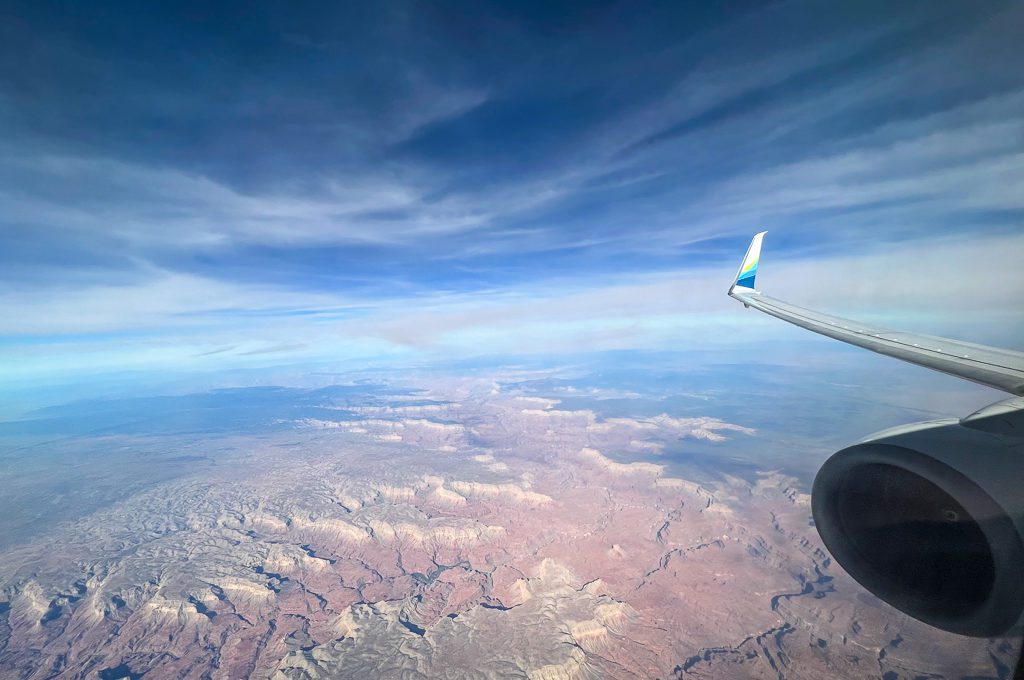
Stepping outside the airport
Another perspective in the visit-counting debate is the “step outside the airport” approach. Advocates of this view argue that as long as your physical presence extends beyond the airport boundaries and into the state or country, it constitutes a visit.
However, I’m not on board with this notion either. In my book, stepping outside the airport falls more into the category of transit. It’s a surface-level encounter with the destination, lacking the depth of meaningful interaction that one might associate with a genuine visit.
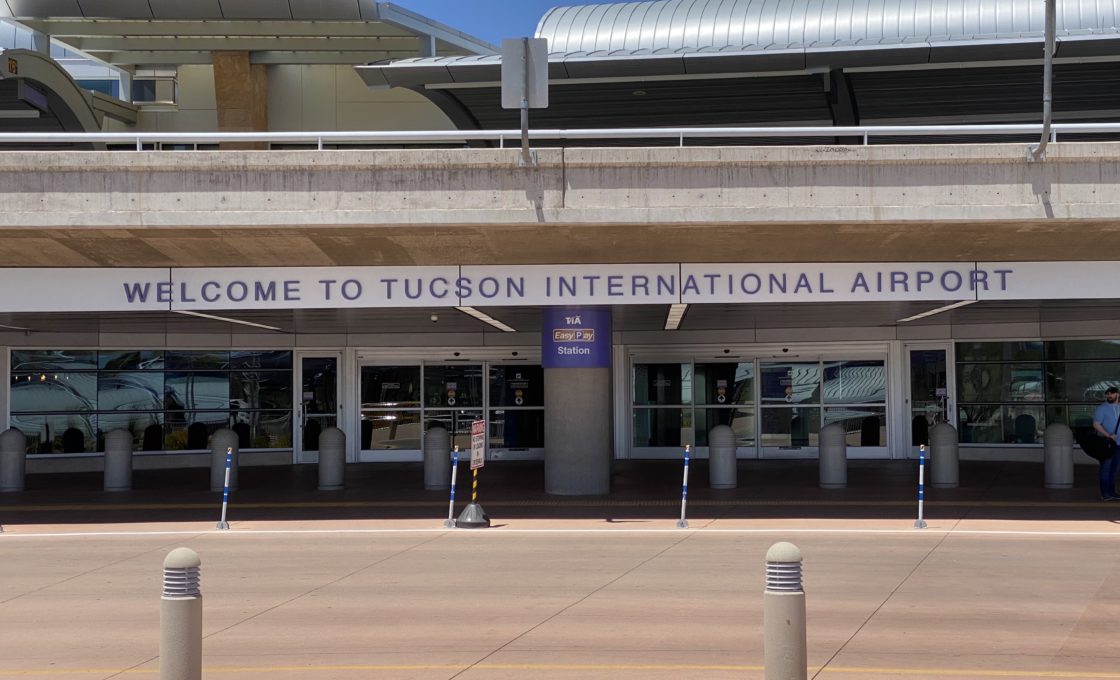
Driving through
Counting visits gets even more nuanced when it comes to the “drive-through” perspective. For many, cruising through a location—particularly when road-tripping through multiple U.S. states—is grounds for a visit.
Taking it up a notch, some insist that actually stepping out of the vehicle and setting foot on the ground is the criterion for it to count.
Personally, I tend to categorize these scenarios as more on the transit side of things. I’ll delve more into my reasoning shortly.
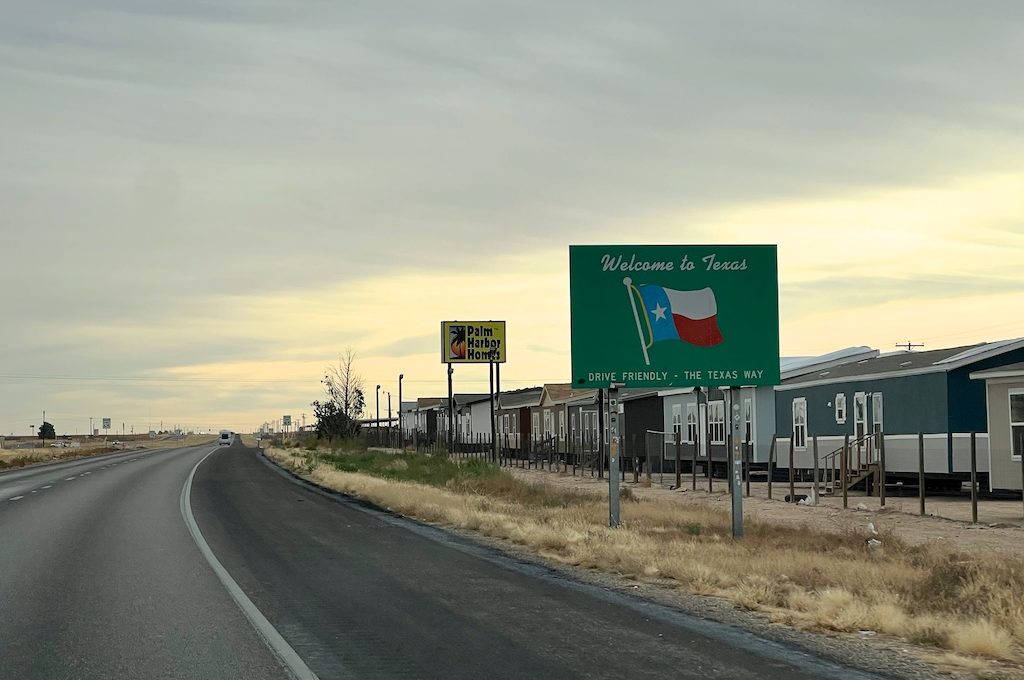
Staying overnight
Now, let’s touch on the overnight stay criterion. For certain globetrotters, crashing for a night in a country or state holds a special significance, enough to warrant being counted as a visit.
The rationale here is that an overnight stay typically involves a level of interaction with the locale that aligns with what many would define as a visit. You might find yourself grabbing a meal, engaging with locals, and the like.
However, it’s worth noting that an overnight stay doesn’t always guarantee a meaningful encounter. Staying at an airport hotel or being somewhat isolated during your accommodation might blur the lines, making it unclear whether an overnight stay is always a sufficient condition for considering it a visit.
An immersive, multi-night stay
When it comes to spending several days exploring various attractions and sampling local eateries—a classic vacation scenario—that’s an undisputed “true” visit. There’s little room for debate on that front.
Now, let’s get into the nitty-gritty of the criteria we might individually apply to label our travels as visits. Here, I’ll present my own set of qualifications, aiming for a bit more detail. This might be particularly useful when it comes to those quick one-day or few-hour jaunts.
My visit criteria: Meaningful Local Experiences (MLEs)
In my personal calculus of counting visits, I like to consider what I call “meaningful local experiences” (MLEs).
These are moments that, through your interaction with a place, manage to do one or more of the following three things: 1) culturally enrich you, 2) satiate your wanderlust, or 3) leave a lasting imprint on you.
Let’s break these down briefly:
Enrich You Culturally:
- This boils down to gaining a better understanding of the local culture, ideally in a way that broadens your perspective and/or deepens your knowledge of a place.
Satisfy Your Wanderlust:
- This occurs when your travels bring you a substantial amount of joy or satisfaction, that euphoria often associated with the thrill of exploring new places.
Leave You with a Lasting Impression:
- This happens when something is so profound or incredible that you can’t shake it off; it lingers with you.
It’s worth noting that these experiences are inherently subjective. For some, stepping foot on a foreign blade of grass might be enough to satisfy wanderlust, and that’s perfectly valid.
However, more often than not, an MLE tends to go deeper.
Let me walk you through various types.
Examples of MLEs
Dining at a local hotspot
Food plays a significant role in culture, so diving into local cuisine is like immersing yourself in the heartbeat of a place.
It’s especially potent when you get a taste of a special dish or cuisine that defines the location.
Imagine you’ve got just a couple of hours in Madrid—indulging in tapas or paella, paired with sangria, becomes more than a meal. It’s a direct route to soaking up Spanish culture.
In my view, this is the ideal method for scoring a meaningful local experience, even when time is short in a destination.
Here are some food related MLEs from around the US:
- Eating at the Irondale Cafe in Alabama
- The Culinary Legacy of West Virginia: Exploring the Delicious History of Pepperoni Rolls
- Cincinnati Chili: From Greek Roots to Skyline Bowls, A History
- Experiencing The Pasty: An Upper Peninsula Delicacy

Engaging with locals
Connecting with locals stands out as one of the prime methods for snagging a meaningful local experience—simply because you never know what fascinating tidbits you might unearth.
It’s surprising how much insight you can glean about a culture from a casual 20-minute chat with a local Uber driver.
Personally, one of my go-to ways to engage with locals is by booking a food tour led by someone deeply rooted in the area, preferably a local born and raised there.
It’s not just about savoring delectable local treats for a few hours; these tours also serve up a generous helping of the culture’s history and customs. We’ve embarked on food tours in Tokyo, Hong Kong, and Miami, and they rarely disappoint.
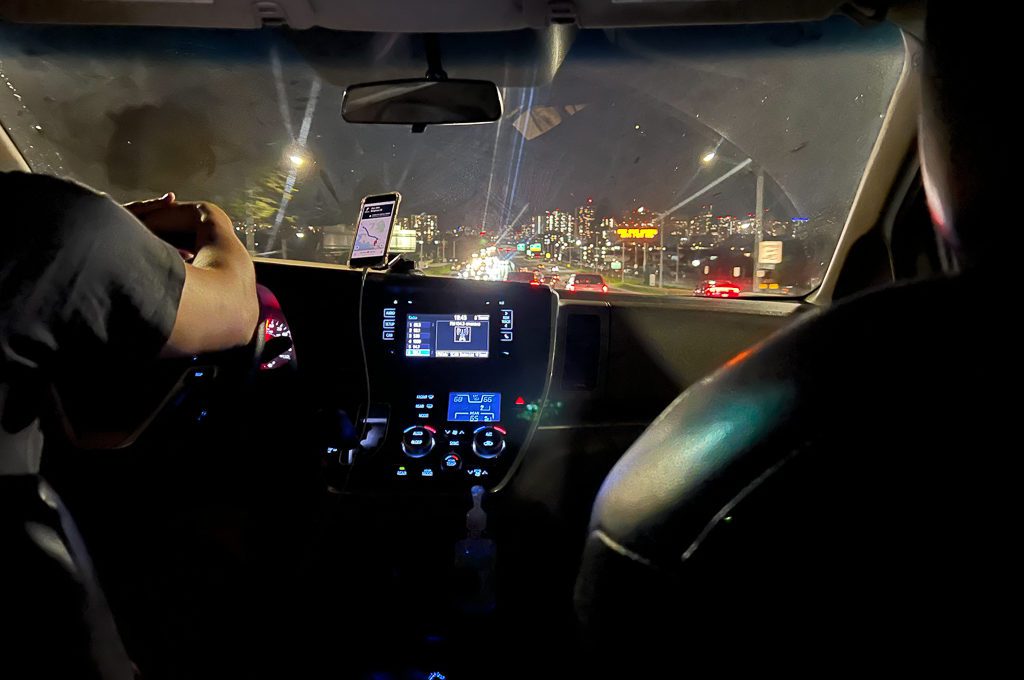
Visiting a historical site
Visiting a historical site is another great way to enjoy an MLE.
For one, odds are you will end up learning a lot more about that destination, especially if you are accompanied by some type of guide.
But even if you have done a vast amount of research and don’t necessarily learn a ton of new information when visiting, you’ll be surprised how being there in person “solidifies” the history for you in a personal way.
As a travel blogger, I regularly do a ton of research before I arrive at a destination so that I can better capture the content.
This was the case before we visited Pearl Harbor in Hawaii as I labored over many articles and documentaries over the span of a couple of months.
When we actually arrived at Pearl Harbor and walked around, all my research came to life and I felt a true connection to those events that took place that I never would have without being there. That was about as meaningful as it gets for me. I felt like I finally “got” Pearl Harbor.
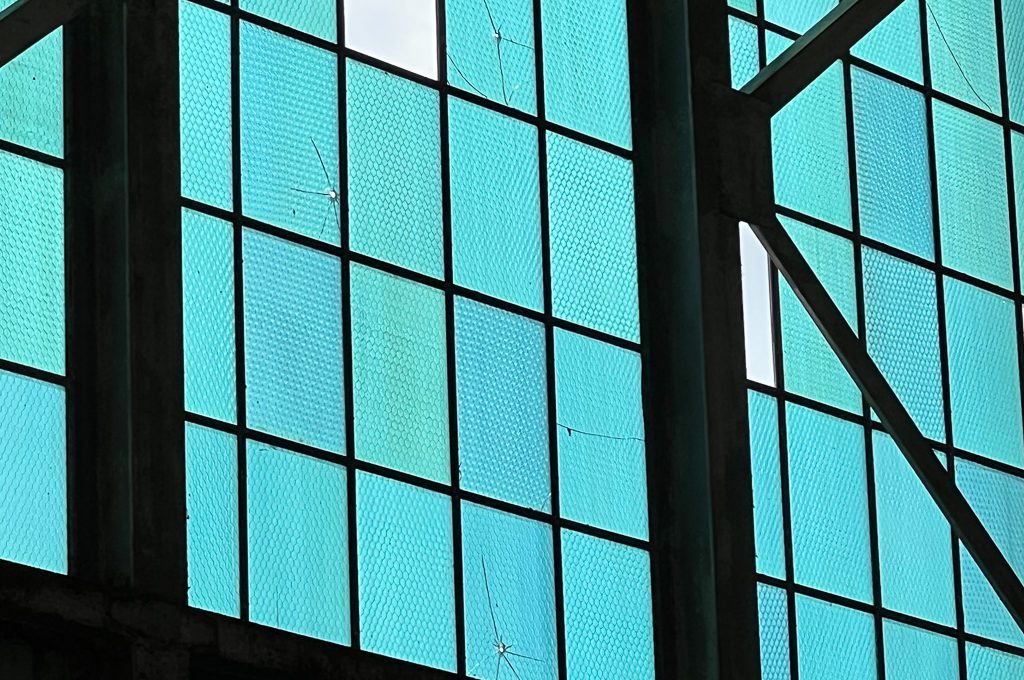
Visiting a famous site
Many renowned sites, like Pearl Harbor, often intertwine history with their allure. Yet, there are occasions when you visit a spot without a particularly lengthy or captivating history.
Take, for instance, “The Bean” or Cloud Gate in Millennium Park, Chicago. While my visit didn’t leave me culturally enriched or create a lasting impression, it had been on my list for quite a while, for reasons not entirely clear. Ultimately, seeing it satisfied my wanderlust in a way that’s a bit tricky to put into words—it just felt right.
During that trip, we explored more of Chicago, but even if “The Bean” was the sole highlight on a brief layover, I’d likely still count it as a visit.
The same thing could be said of visiting filming locations of movies or TV shows. Some places just draw you in and you simply can’t resist putting them in your itinerary. That’s often the wanderlust factor.
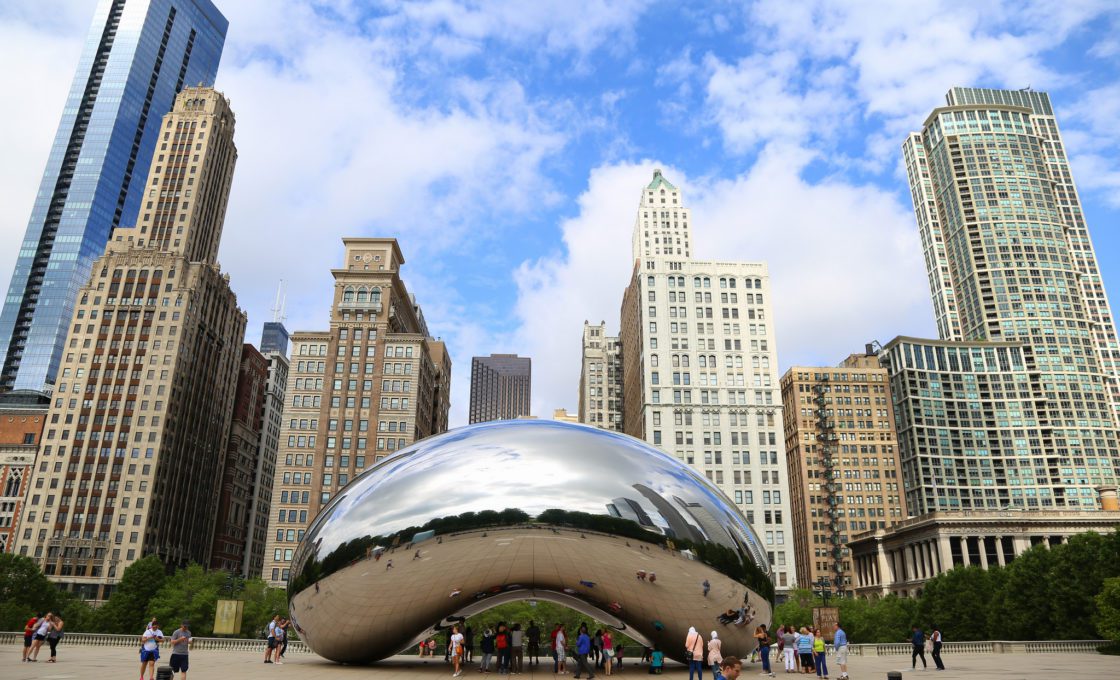
Attending a sporting or entertainment event
Attending a sporting event or any form of entertainment venue stands out as a fantastic avenue for a meaningful local experience.
I vividly recall catching an Australian football game. Despite not fully grasping the rules, the spectacle of witnessing people from another country passionately expressing their love for the sport was a blast. The familiar sight of cheering and imbibing took on a cultural twist in the Aussie surroundings, making it a unique experience.
A similar vibe unfolded when I attended an NFL game in London. The game might be the same, but the atmosphere is distinctly different.
Beyond sports, shows can also prove enriching even if you don’t comprehend the lyrics. Sometimes, music has the power to transcend language in a way that’s utterly fascinating. And some venues like Red Rocks will leave a lasting impression on you regardless of who is playing.

Museums
Museums are a sure fire way to have a MLE most of the time.
For one, destinations usually have one or two museums that do a great job of telling the story of that place. You can learn about the indigenous cultures, nature, advancements in technology, the list usually goes on and on.
One thing that I have found is that it is the artifacts in the museum that often do it for me.
I remember visiting the state museum of New York in Albany and even though I had seen countless documentaries on 9/11, it was seeing a seatbelt from one of the planes that someone had likely been wearing at the time of the crash that just hit me in an unexpectedly profound way. All of a sudden, I felt closer to the tragedy and everything just seemed more real. I couldn’t get that image out of my head.
Museums are great because they offer these moving experiences in a pretty compact package which means that it may only take you a couple of hours to experience these type of profound effects.
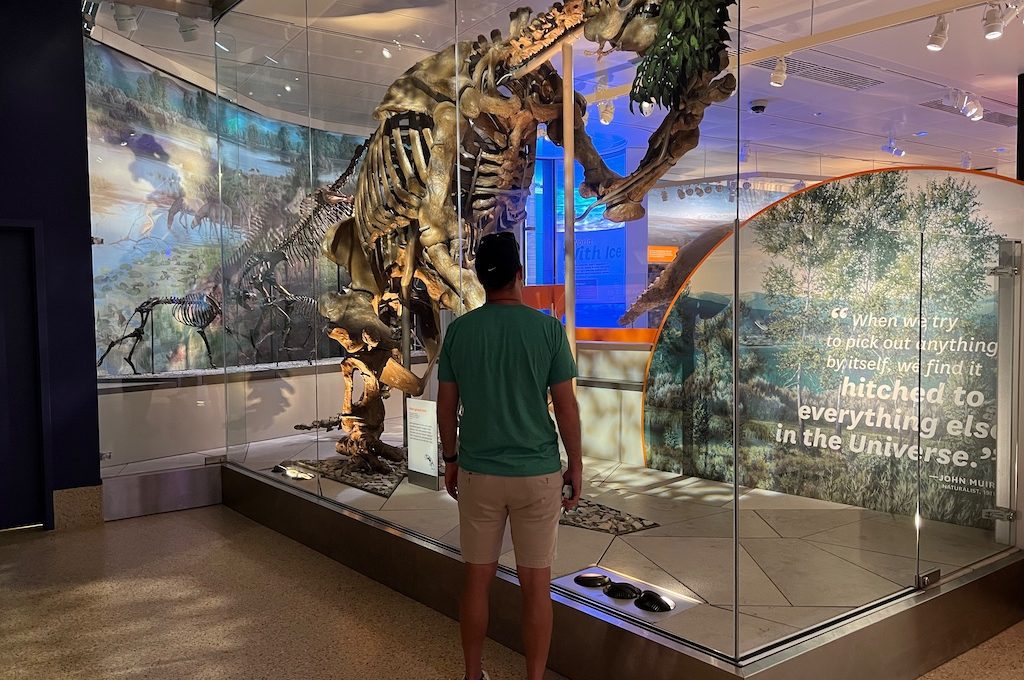
“Taking in the sights”
Taking in the sights is a borderline MLE in my opinion because it can be so close to what I would consider a transit.
For example, if you were to take a taxi from Haneda Airport to Narita International Airport that would take you about one hour and you would see some of southern Tokyo. But you’re not interacting with the city in any kind of meaningful way.
However, in some cases if you just set out to see a city and you are actively admiring and appreciating the city sites, I think you could easily argue that that is a pretty meaningful experience. You can certainly satisfy your wanderlust and sometimes just seeing a beautiful piece of architecture can have a lasting impact.
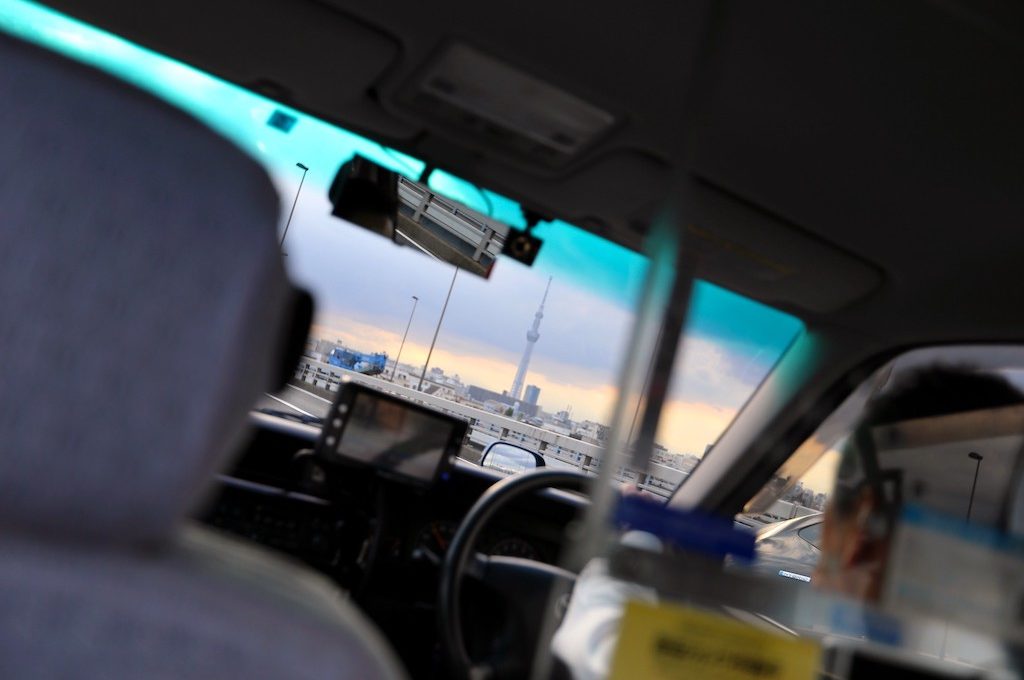
Scenic or “purposeful drives”
Related to the above point you also have scenic drives and also what I call “purposeful drives.”
We’ve done some amazing scenic drives like the Mount Evans Scenic Byway, Peak to Peak Scenic Byway, Guanella Pass Scenic Byway, and Whiteface Memorial Highway to name a few.
These type of drives can easily meet the different requirements of a MLE, especially if you take your time and get out of your vehicle to read some of the interpretive panels along the way, stop at some of the local food joints, and awe at the overlooks.
A purposeful drive is a little different and it would be one that’s not necessarily on a renown scenic byway but the traveler is interested in doing that specific route because it’s meaningful to them for whatever reason.
Perhaps they are really into geography and take great enjoyment in traveling along even the most non-scenic interstate systems. Contrast that to a rider who would just be bored for hours along the same path.
It raises the deeper issue of just how subjective meaningfulness can be before we say, “Hey, that’s not really a meaningful visit.”
Personally, I would trend more towards experiencing things with more of a “traditional” local essence but I do still think you could count deeply subjective meaningful experiences for the simple fact that they would almost always be enriching in a local sense on some level.
For example, a geography nerd could study some of the interstates on a map but they’d likely gain a new understanding and appreciation of those highways (and the locations they reside in) by driving them. You could get a better feel of the layout, the way people drive, the stops, landmarks, tolls, etc.
It’s a nuanced distinction between these purposeful drives and mere transits, but being honest with oneself usually helps discern where that line lies.
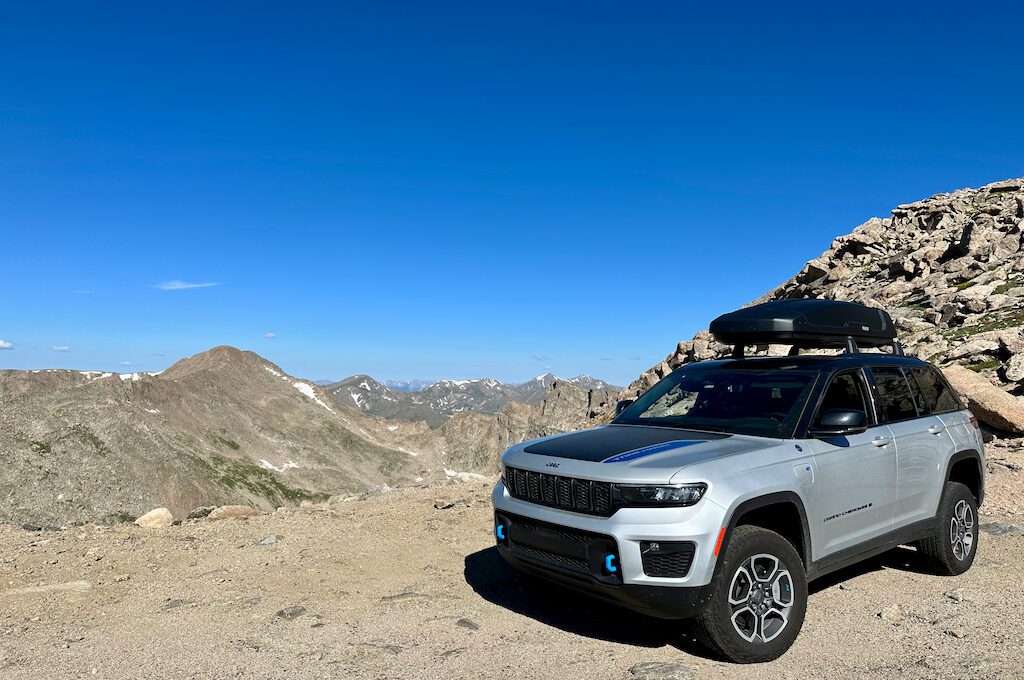
In-between cases
Sometimes, you will still go back-and-forth between what counts as a visit or a transit.
I still am not sure whether or not I should count Finland, for example.
We rented a vehicle in Norway where we spent about a week but one night we drove into Finland where we witnessed an awesome display of the northern lights.
The thing is, the northern lights and the surrounding scenery (while stunning) were very similar if not identical to what we saw just across the border in Norway. The only interaction we had with any locals in Finland was maybe a couple of trucks that passed us on the highway.
So was that really a visit to Finland? I’m honestly not sure.
Without the display of the northern lights I would say no, but there’s also something to be said about experiencing something like that within the boundaries of a specific country.

What about resorts?
Resorts get a little tricky because by design they are often made to have everything you need. It’s feasible that for some trips you could spend your entire time within the resort premises.
Take, for instance, a visit to Cancun, where an all-inclusive resort could cocoon you from venturing beyond its boundaries. The question then arises: Can you genuinely claim to have visited Cancun if you’ve only experienced the resort?
In the case of destinations like Cancun, the all-inclusive experience is integral to its identity, making a strong argument that immersing yourself solely in that environment still qualifies as “visiting” Cancun.
Personally, I’d lean towards venturing beyond the resort area, as that tends to align more with my desire to satisfy wanderlust, gain cultural enrichment, or have lasting impressions etched in my memory. However, this stance is subjective, and others might find the all-inclusive resort experience sufficiently encapsulates the essence of the destination.
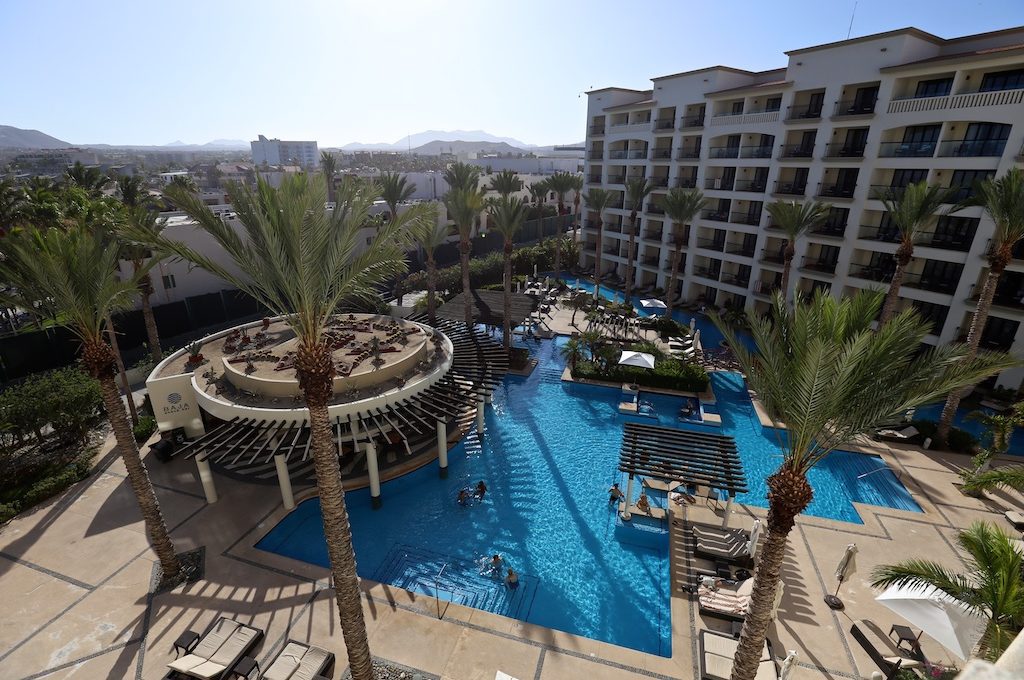
The case for counting airport visits
I think most people probably agree that just staying within an airport does not count as a visit.
But, for the sake of argument, I think you could make a case for some airports counting. A lot of airports are now home to interesting exhibits or sites that can offer some of the criteria of an MLE.
Heck, even first class airport lounges like the one in Qatar are essentially a mini museum, complete with historical artifacts.
So why should you have to discount that type of real cultural experience just because it happened to occur within the premises of an airport?

Final word
In the end, everyone is free to make their own determination of what counts as a visit.
For some people, it’s simply placing a foot outside of an airport or on the other side of a land border. And that’s fine — no sense in fighting about it.
But for me, I’m always looking for one of the three criteria of an MLE to be met, as I find that to be a satisfying way to go about tracking countries or states visited.
Daniel Gillaspia is the Founder of UponArriving.com and the credit card app, WalletFlo. He is a former attorney turned travel expert covering destinations along with TSA, airline, and hotel policies. Since 2014, his content has been featured in publications such as National Geographic, Smithsonian Magazine, and CNBC. Read my bio.

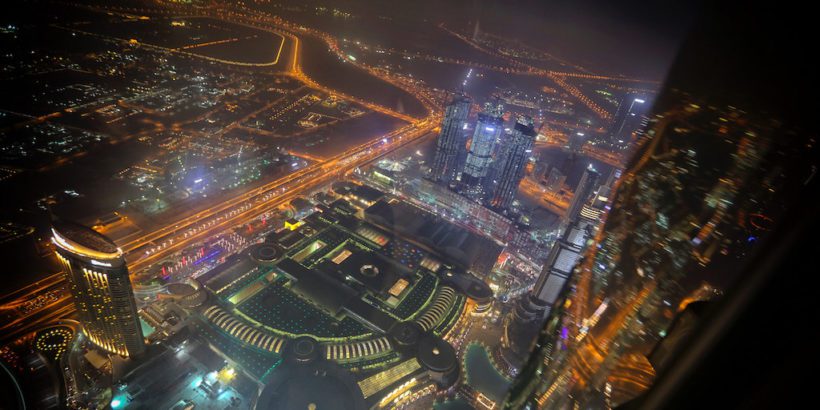
Hi Daniel. I appreciate this article and wanted to share my comments. I agree on most of your points, but I wanted to say that I view sightseeing and transit a bit differently than you do.
On the one hand, I agree that it’s questionable for visiting purposes if you have a brief airport stopover, for example, and you are just checking out the immediate surroundings near the airport.
However, I consider myself to be a map and geography nerd. Thus, I find tremendous enjoyment here in the USA of just driving the interstate system for its own sake and seeing the most mundane things along the way that wouldn’t interest most people other than myself.
So I think there are cases where some people make the route travelled and the journey itself as an important element of the trip. As another example, I was recently on a multi-day camping and road trip. I was in Mississippi and was driving back. Rather than take the highway, I opted for the Natchez Trace Parkway instead. Many would consider this transit, but it was a scenic drive and there were historic sites along the road where I stopped.
As a final example, I was in Louisiana and there is a Creole Nature Trail that was specifically designed to be a driving tour where you could see the local flora and fauna. I did get out and walk on one of the nature trails, but I mostly just drove and took pictures and enjoyed the birds and plants I saw. This was one of the highlights of my visit to Louisiana and it definitely counts in my book.